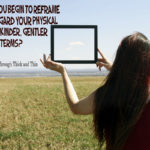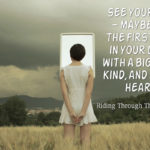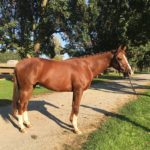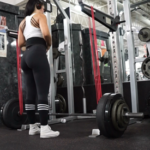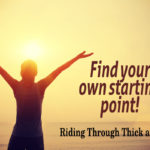
“Riding is the only sport I know of where one species sits on another.”
This quote came in a recent interview I did for the new book I’m working on, and it really got me thinking how odd it is, really, to ride a horse. And in that same interview, we talked about how completely great it is when you get this balance thing right. It’s what keeps us trying to get better with our horses–and, as some golfers will tell you, that sweet spot happens just often enough to keep you coming back for more.
The key, it seems, is not only finding your own center of balance (which is hard enough for some of us!), but to discover your horse’s center of balance–and to connect the two to achieve that fluid dance that we all aspire to.
Great riders do this instinctively. Go on YouTube and watch a few videos of those who are at the top in their discipline. It doesn’t matter whether you’re watching reiners, cutters, dressage riders, jumpers, polo players or Western or English pleasure riders. The fluidity of movement between rider and horse is such a complete connection they seem to be one. For others of us, it takes a little more doing to “find our spot” . . . and keep it at any gait.
Or through a spook. Or when things get fractious. It can be especially slippery during transitions. And some days, it can come and go like a weak cell phone signal, toggling from four bars to one to two to dropped service altogether. And, like most things that come naturally to some and not to others, it is hard to explain the “how” of finding this place of balance to someone who has never felt it.
So I’m wondering if any of you have stories or tips or techniques for “finding your spot” that you’d be willing to try to explain to those who struggle with stability issues–for whatever reason. While the roots of the struggle for a solid place of balance at any gait can vary from weight issues, to age, physical limitations, or other unknown factors, we can help ourselves and help a lot of horses if we can crack this code together. I look forward to your thoughts, suggestions–and photos or videos if you have them. And, if you have a story to tell around this topic, please email me if you’d like to contribute it to my next book about riding through challenges such as these.



